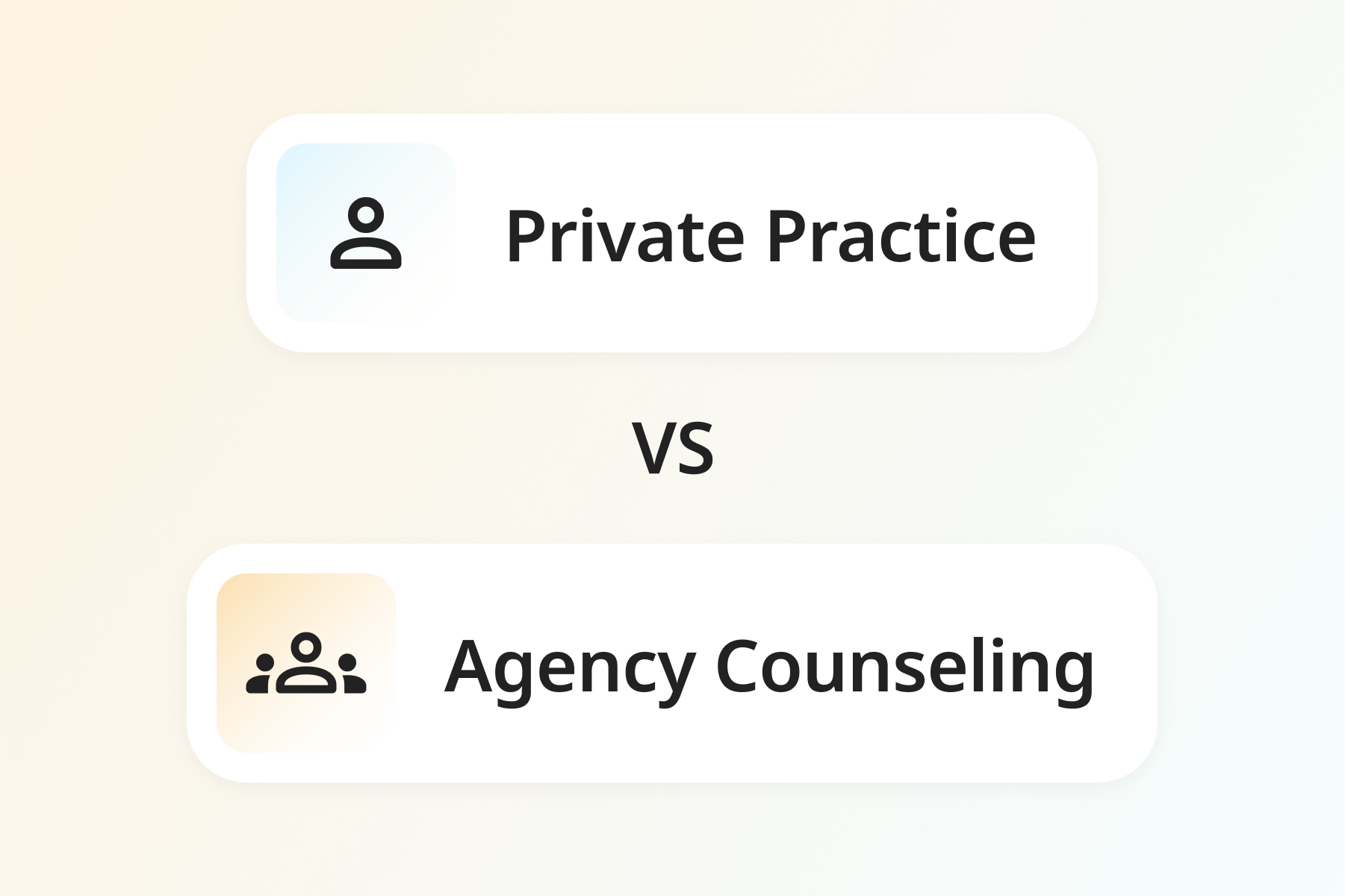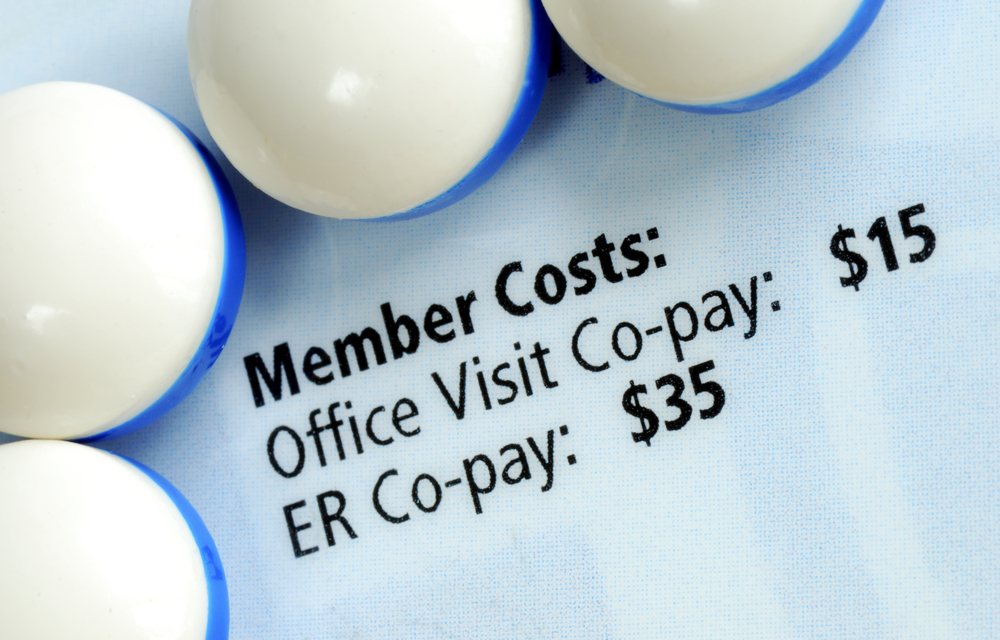The Horror of Public Speaking


Mark Twain may have said it best: “There are two types of speakers. Those who get nervous and those who are liars.”
Famously, the British publication “The Times” published the result of a 2013 survey of common fears, and the fear of public speaking came in first...ahead of the fear of death! The Wall Street Journal confirms the same is true on this side of the Atlantic.
Let’s say you have an opportunity to speak to a group of parents at your child’s elementary school about ADHD. You work with children in your practice, and the parents attending will live close to your office. Thus, this is an excellent marketing opportunity for your practice...if only you can choke down that intense feeling of dread as you imagine facing the audience and promptly fainting.
It is absolutely worth it! A colleague of mine estimated that a typical public speaking gig resulted in at least one new client, and probably a few more indirect referrals at a later date. Your Google Adwords, your Psychology Today ads, and your web page all may be worth their respective fees, but this marketing opportunity is free and local and targeted. It is an opportunity you simply cannot decline.
6 Simple Strategies to Conquer Public Speaking Anxiety
That being said, how can you manage your anxiety? Read our six strategies for easing public speaking nerves below and download our printable guide as a confidence booster while you prep!
1. Show up very early to the venue. Stand behind the podium and get used to the view. Make sure your PowerPoint presentation shows up on screen. Then, sit down in one of the audience seats and wait. As people file in, greet as many as possible one on one, transforming a group of strangers into a group of new acquaintances, and greatly increasing the chances that they will contact you later professionally.
2. Practice the presentation the day before with your spouse, your children, your friend, or a nice empty living room. You can entice your kids to listen by inviting them to throw a rolled-up pair of socks at you each time you say “Uh…..” It becomes a game for them, and corrective self awareness for yourself.
3. Remember the basic format of a public presentation: tell them what you are going to say, say it, then tell them what you just said. This “intro, body, summary” format distinguishes speaking from writing. A reader can reread if they miss a concept because they drifted into daydreaming; you have to do the rereading for them in a presentation….because they ARE going to daydream!
4. DON’T write it out word for word, even if you aren’t intending to read it at the actual presentation. This is not your thesis or dissertation: you are marketing yourself as personable and friendly. Precision of speech will work against you, making you seem robotic or unapproachable.
5. Consider confessing your anxiety at the start of your presentation. This does wonders for reducing your anxiety and making you relatable. You can, for example, use the Mark Twain quote above as the lead-in to your talk.
6. If possible, include videos, pictures, or cartoons in your slides. No one can pay attention to a “talking head” for a half-hour; the variety helps keep the daydreams to a minimum.
... A Few Pointers
So, that is what to do….and here is what NOT to do:
- Don’t expect your presentation to be perfect
- Don’t interpret an audience member’s attention to their cell phone as a sign that you are boring. Maybe they are looking for your web page!
- Don’t try to convey tons of information. Make three to five main points, and use the rest of your time to fill in with evidence or examples of those points.
- Don’t you DARE turn around and read from your PowerPoint slides. GLANCE down at your laptop in front of you (mirroring what is on the screen) for just long enough to remember what comes next, then return your gaze to the audience, one person at a time.
- Don’t put all the information into the PowerPoint slides; they will just read the slides and ignore you. The PowerPoint is, by and large, for the QUESTIONS; you are going to supply the ANSWERS verbally. For example, the slide may say “How can I tell if my child has ADHD?” and nothing else. You answer the question by saying “There are a number of features that distinguish normal behavior from ADHD…….”
- Don’t forget to leave some time for audience questions. Don’t be scared: it is VERY rare for an audience member to ask a tough one. If so, say “Can I get your phone number? I want to look that up and call you.” If you DO know the answer, say “That’s a great question…” and repeat it for those who couldn’t hear it.
- Don’t forget to put your contact information as the last slide in your presentation, on the screen below your “Any questions?” message. The people asking the questions are the ones most likely to become future clients. For the shy ones, say “we are out of time, but please email me if you have any other questions.”
Hey...it’s going to go great!

.jpg)

